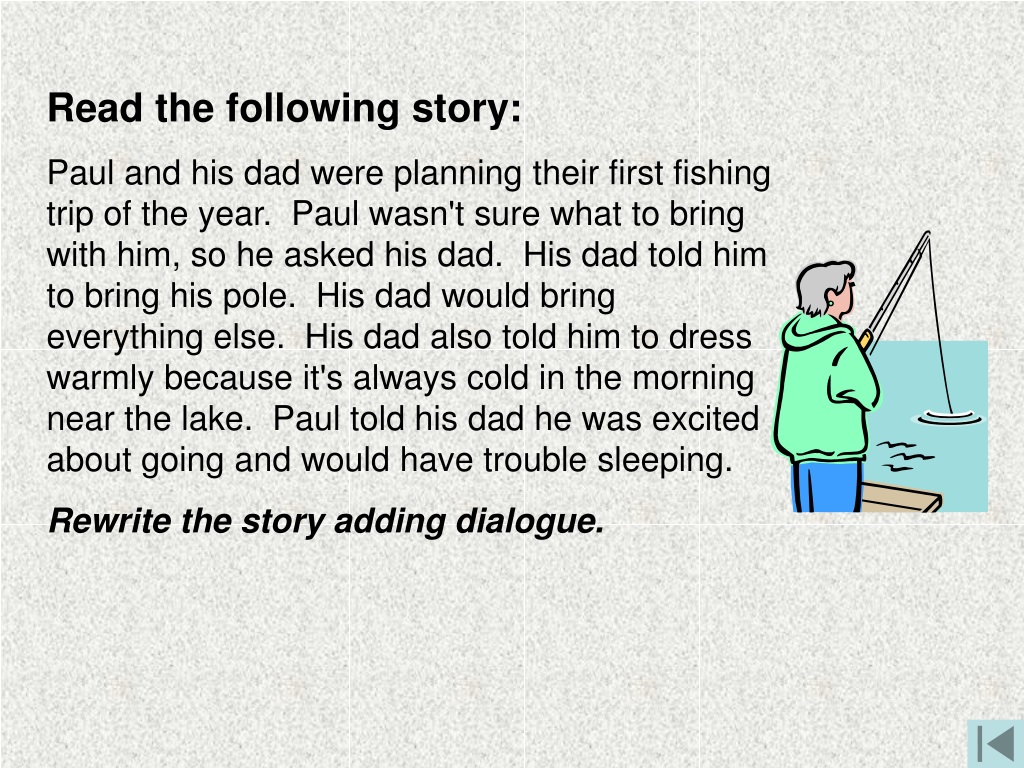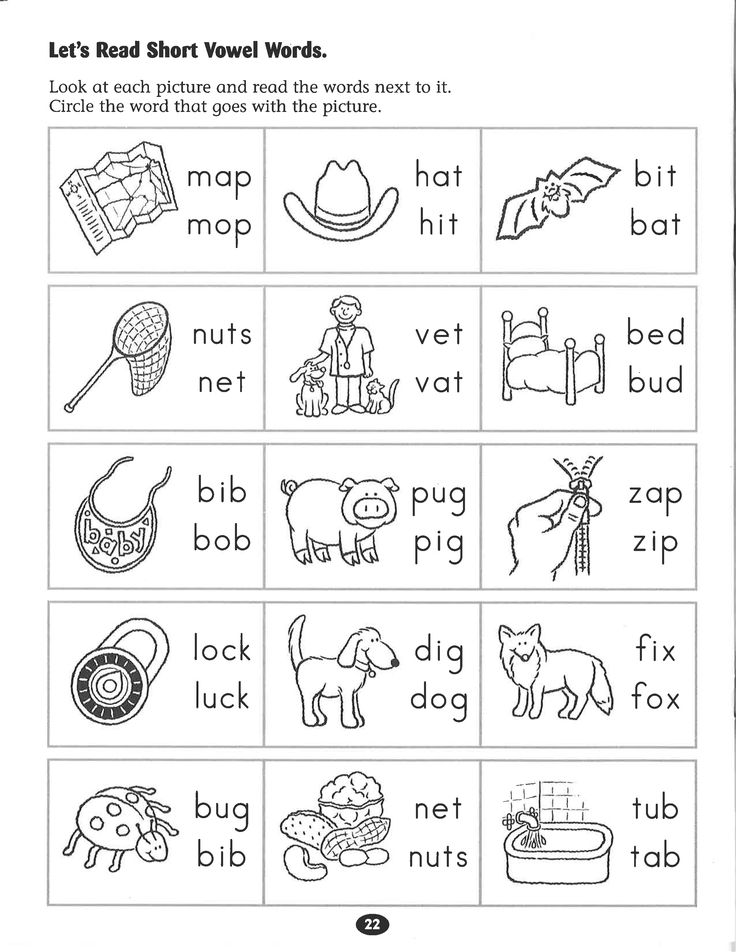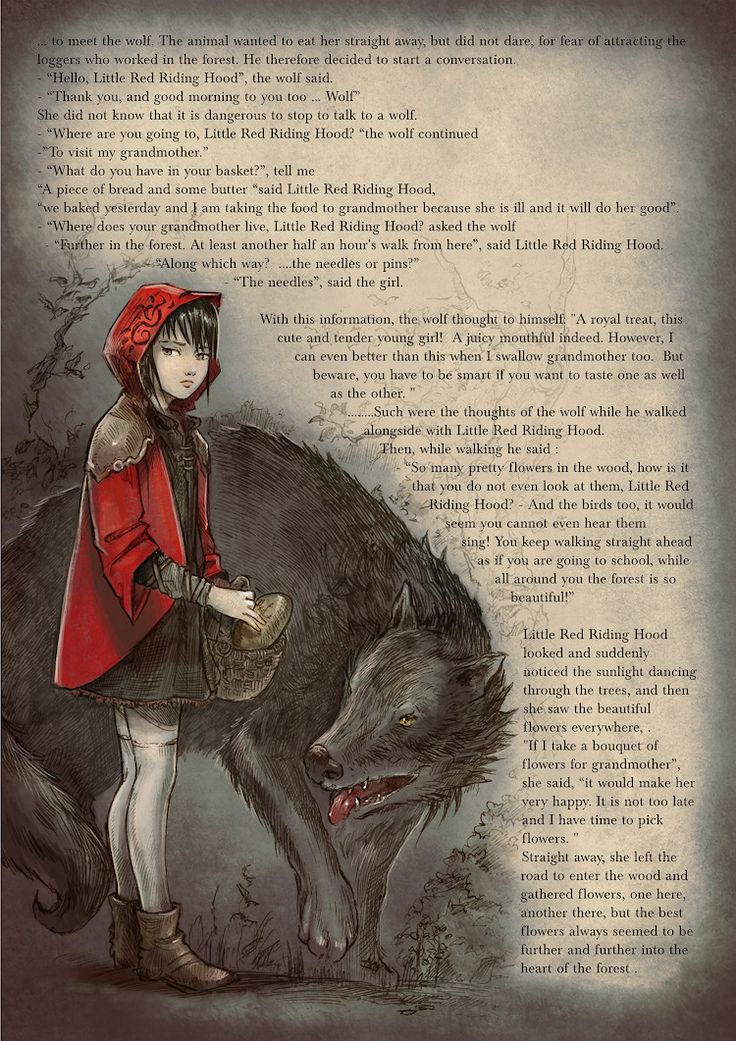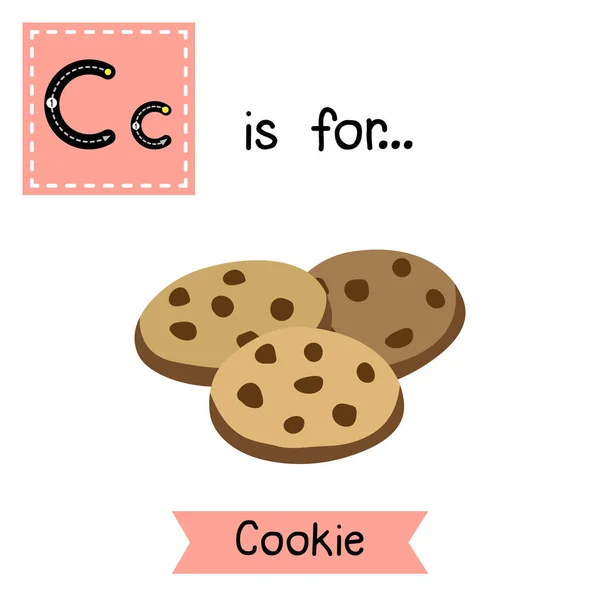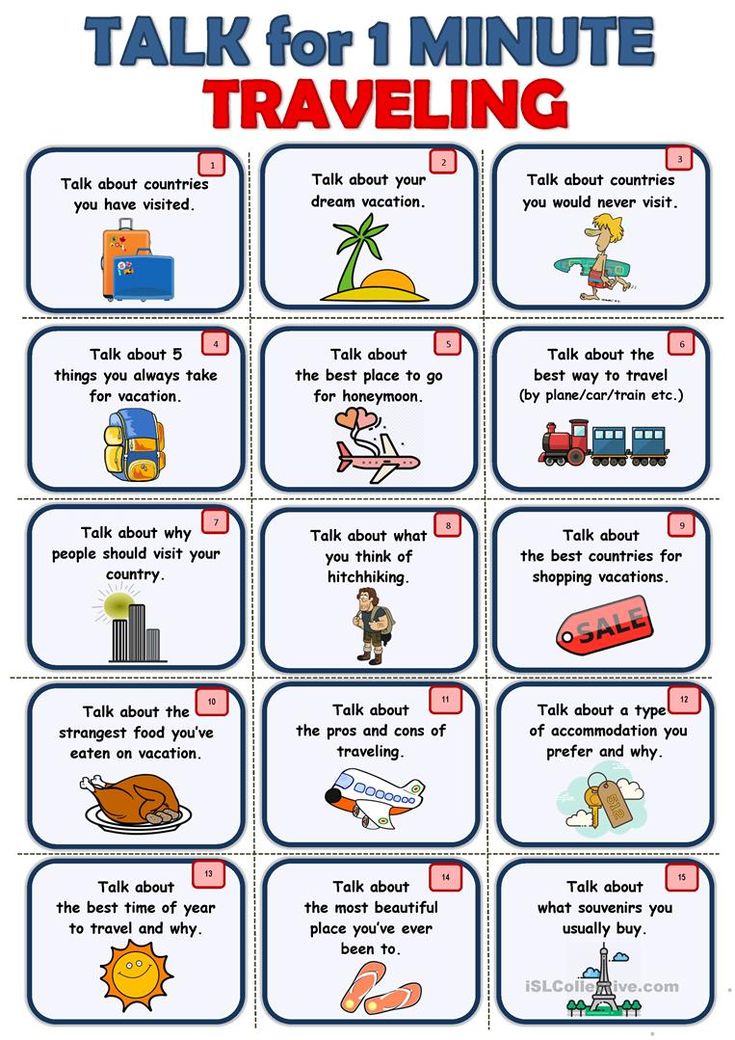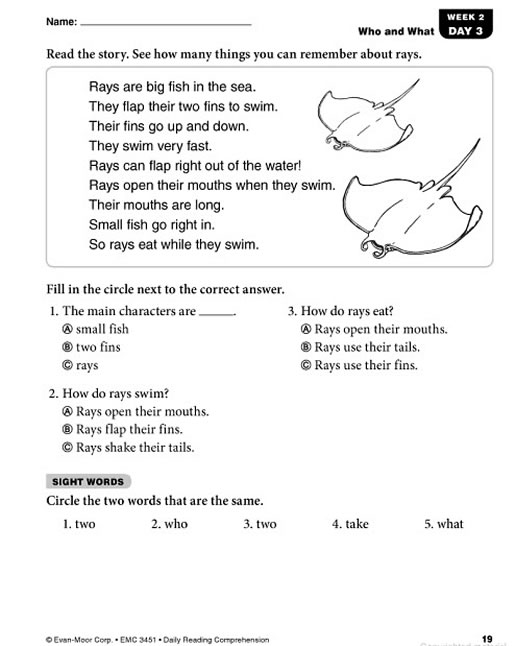Letter and sound assessment form
Letter and letter-sound knowledge Prep to Year 2 (assessment ages 5-8)
Skip to content
Students need to automatically recognise and name the letters used to represent sounds in words.
Assessment task
This assessment can be used to identify whether a student is having difficulty in recognising and naming letters and identifying the sounds letters make in words.
The assessment includes four interrelated parts.
Part 1: Recognising letters and corresponding letter names with sounds
In this task students demonstrate their ability to recognise letters and correspond letter names with sounds.
Resources
These resources can be printed or downloaded to a tablet or other digital device.
- Alphabet Chart (docx - 39.72kb)
- Letter and Letter-Sound Knowledge Profile (doc - 168.
5kb)
Instructions
- Using the Alphabet Chart, point to each letter one at a time in the order presented.
- As you point to each letter, ask the student to say:
- the name of the letter
- a sound the letter makes
- two words that begin with a sound the letter makes.
- Record the student’s responses on the Letter and Letter-Sound Knowledge Profile noting:
- the student’s response (tick for a correct response and record what the student says for an incorrect response)
- the time the student takes to respond (use ‘R’ to record an automatic or rapid response and ‘S’ if the student is slow to provide the response).
Part 2: Identifying letters in a given text
In this task students demonstrate their ability to identify letters in a given text.
Resources
These resources can be printed or downloaded to a tablet or other digital device.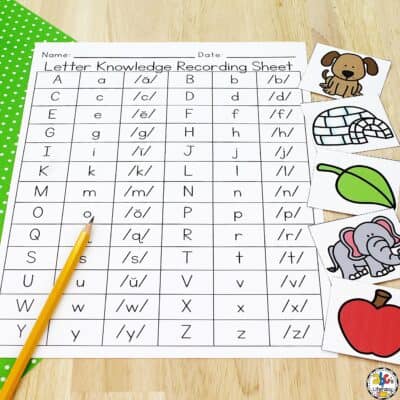
- Sample text (docx - 157.03kb)
- Alphabet Chart (docx - 39.72kb)
- Letter and Letter-Sound Knowledge Profile (doc - 168.5kb)
Instructions
- Access the Sample Text provided.
- Using the Alphabet Chart, point to each letter one at a time in the order presented.
- After pointing to each letter, ask the student to locate that letter within the Sample Text.
- Record the student’s responses on the Letter and Letter-Sound Knowledge Profile noting:
- the student’s response (tick for a correct response and record what the student says for an incorrect response)
- the time the student takes to respond (use ‘R’ to record an automatic or rapid response and ‘S’ if the student is slow to provide the response).
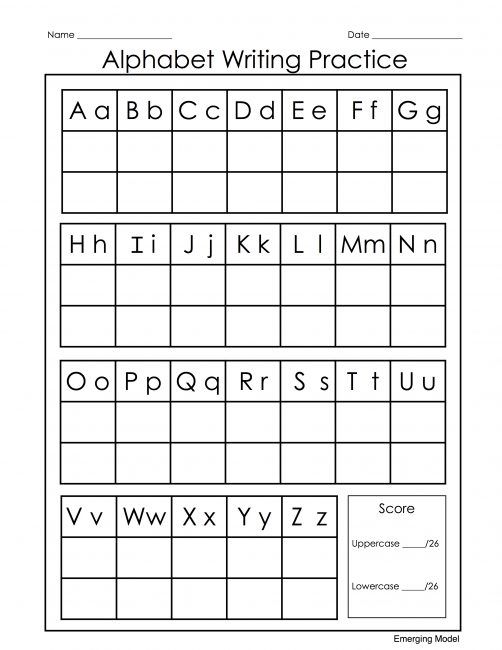
Part 3: Writing letters in lower and upper case
In this task students demonstrate their ability to write letters in lower and upper case.
Resources
These resources can be printed or downloaded to a tablet or other digital device.
- Alphabet Chart (docx - 39.72kb)
- Letter and Letter-Sound Knowledge Profile (doc - 168.5kb)
Instructions
- Using the Alphabet Chart, say each letter of the alphabet one at a time in the order presented.
- After you have said each letter, ask the student to write the letter in both lower and upper case. If necessary, give the student time to think about the letter before they begin to write it. For example, the student may need time to visualise the letter.
- Record the student’s responses on the Letter and Letter-Sound Knowledge Profile noting:
- the student’s response (tick for a correct response and record what the student writes for an incorrect response)
- the time the student takes to respond (use ‘R’ to record an automatic or rapid response and ‘S’ if the student is slow to provide the response).
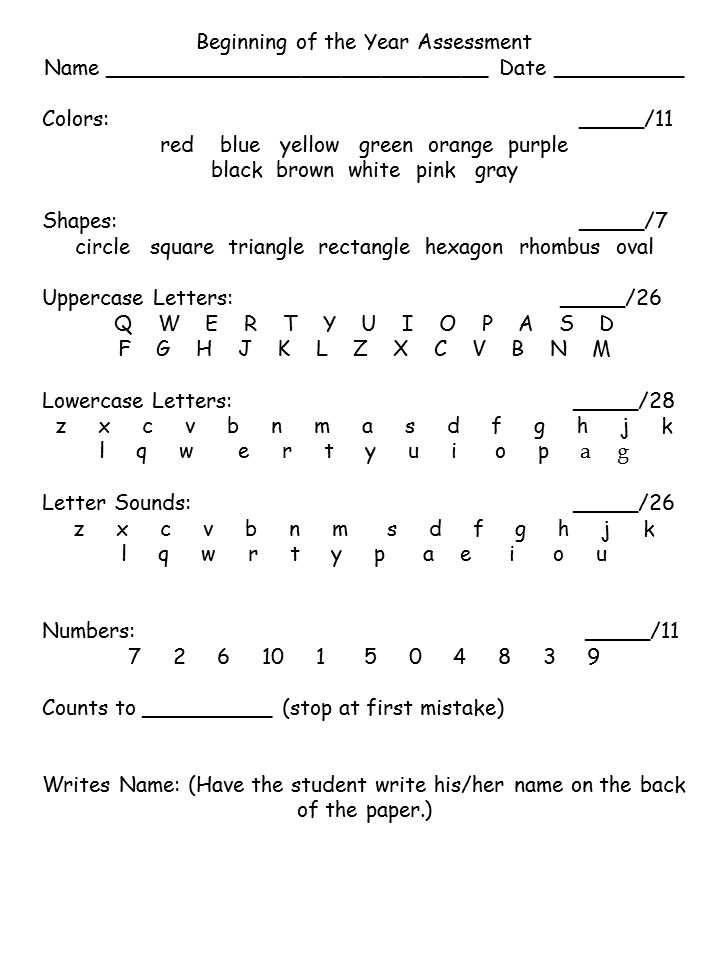
Part 4: Predicting a word in a sentence by using its first letter
In this task students demonstrate their ability to predict a word in a sentence by using its first letter.
Resources
These resources can be printed or downloaded to a tablet or or other digital device.
- Word Prediction Task (docx - 155.16kb)
- Letter and Letter-Sound Knowledge Profile (doc - 168.5kb)
Instructions
- Access the Word Prediction Task.
- Explain to the student that you're going to read a series of sentences to them and that each sentence will have a missing word.
- Read the sentences from the Word Prediction Task to the student, pointing to each word as you say it.
- When you come to the missing word, let the student see the first letter of the word but do not say it.
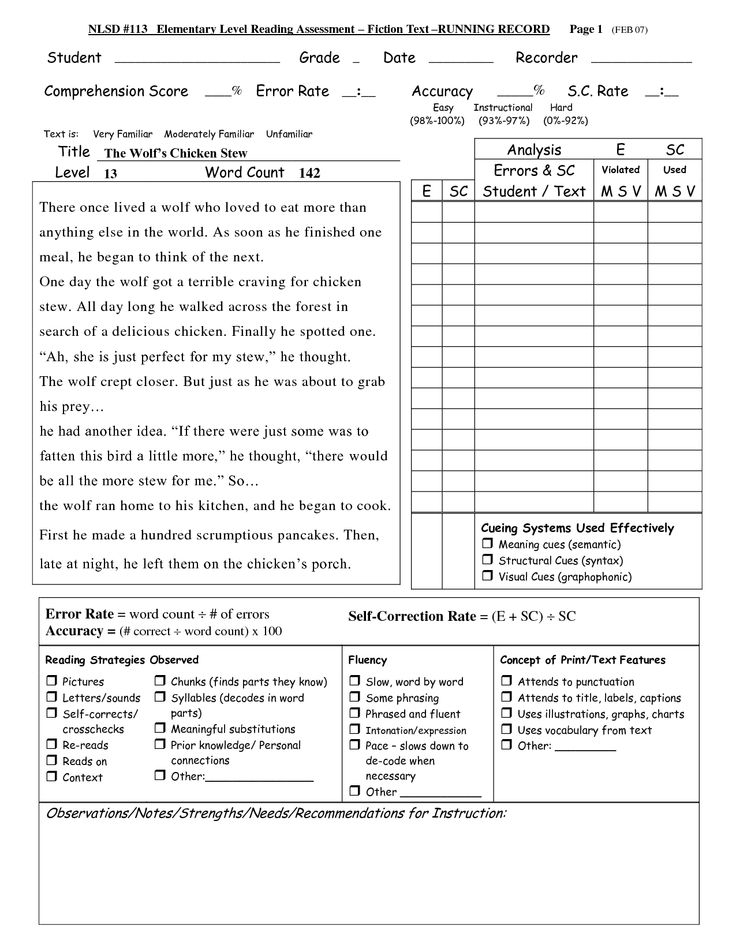 Ask the student to predict what the word could be, noting whether they suggest a word that begins with that letter.
Ask the student to predict what the word could be, noting whether they suggest a word that begins with that letter. - Record the student’s responses on the Letter and Letter-Sound Knowledge Profile (for lower case letters only) noting:
- the student’s response (tick for a correct response and record what the student says for an incorrect response)
- the time the student takes to respond (use ‘R’ to record an automatic or rapid response and ‘S’ if the student is slow to provide the response).
Instructions
- Click on the links provided above to access the instructions for administering each part of the assessment. All parts of the assessment are to be completed to provide a comprehensive overview of the student’s letter and letter-sound knowledge.
- Record the student’s responses for lower and upper case letters on the Letter and Letter-Sound Knowledge Profile (doc - 168.5kb).
Timing
The assessment can be administered over a few days.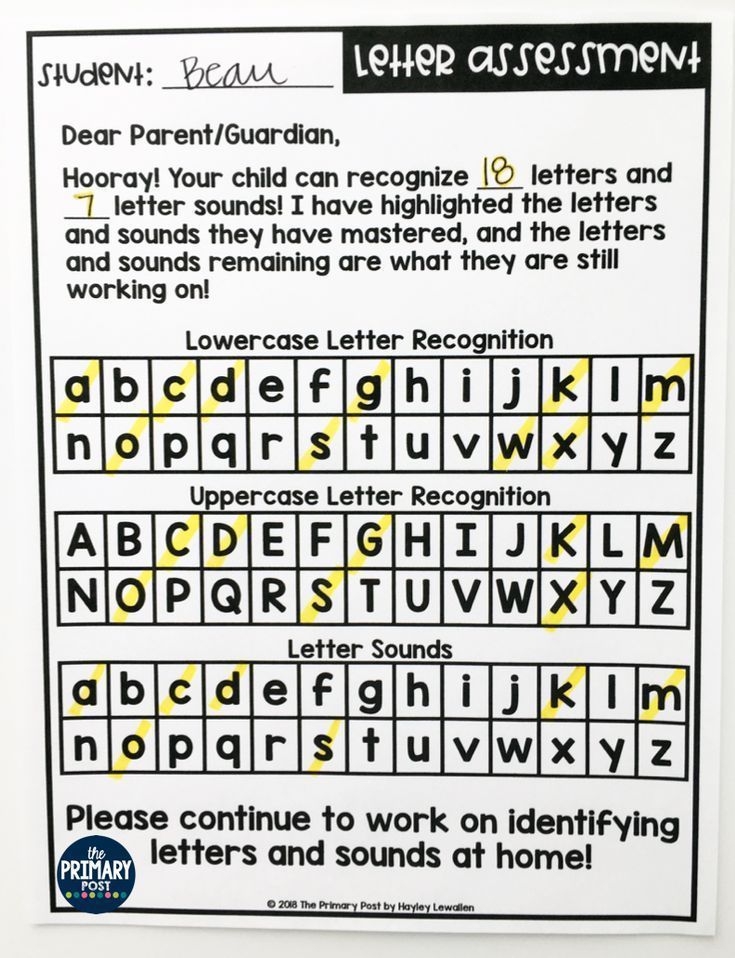 Each part of this assessment should take approximately 5 minutes to complete.
Each part of this assessment should take approximately 5 minutes to complete.
Analysing the results
Using the Letter and Letter-Sound Knowledge Profile, review and analyse the student’s responses to identify what the student can already do and where they need additional support.
If the student requires additional support, the focused teaching strategies in this resource can be used to support their development within this area of knowledge. The strategies are presented in a developmental sequence to systematically teach aspects of letter and letter-sound knowledge.
See: Focused Teaching Letter and Letter-Sound Knowledge Prep to Year 2 (ages 5-8).
Last Update: 11 January 2022
Our website uses a free tool to translate into other languages.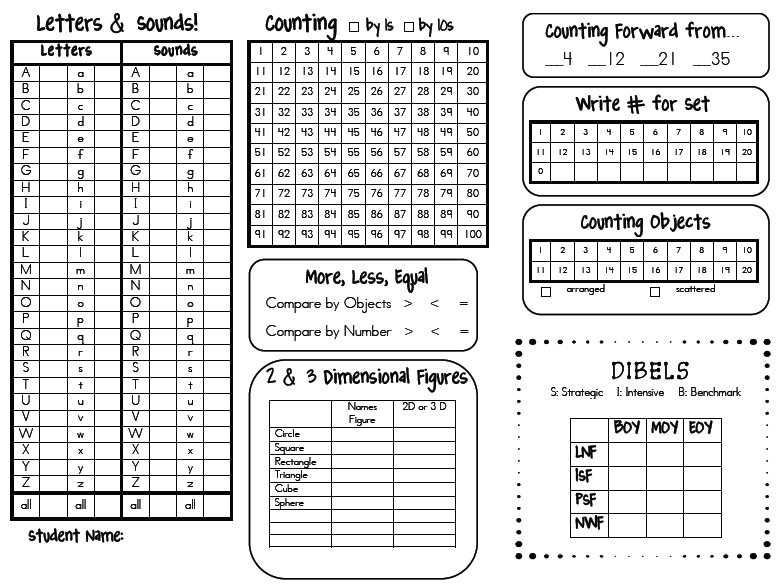 This tool is a guide and may not be accurate. For more, see: Information in your language
This tool is a guide and may not be accurate. For more, see: Information in your language
Sound & Letter Knowledge Assessment Recording Sheets
146 shares
- Share
- Tweet
As you are teaching letter recognition, track your children’s progress with this free printable Letter Knowledge Assessment recording sheet.
With the easy-to-read letters and simple pictures, your kids will easily identify the ABC’s and sounds so you can accurately assess their recognition of the alphabet.
What You'll Find On This Page
Letter & Sound Knowledge Assessment:
Assessing children is important in figuring out what they know and what they still need to learn.
Determining their letter and sound knowledge can simply be done through every day learning activities and play.
A child who has letter knowledge…
- Understands that each letter has its own shape
- Names the letters of the alphabet
- Recognizes capital and lowercase letters
- Knows the letter sounds
Getting Ready To Use The Letter And Sound Assessment Form:
What’s Included:
- Recording Sheets
- Capital Letter Cards
- Lowercase Letter Cards
- Picture Cards
What Else Is Needed:
- White Card Stock or Copy Paper
- Laminator
- Laminating Pouches
- Scissors
- Rings (optional)
- Hole Punch (optional)
To prepare this letter knowledge resource, click on the button at the bottom of this page and fill out the form.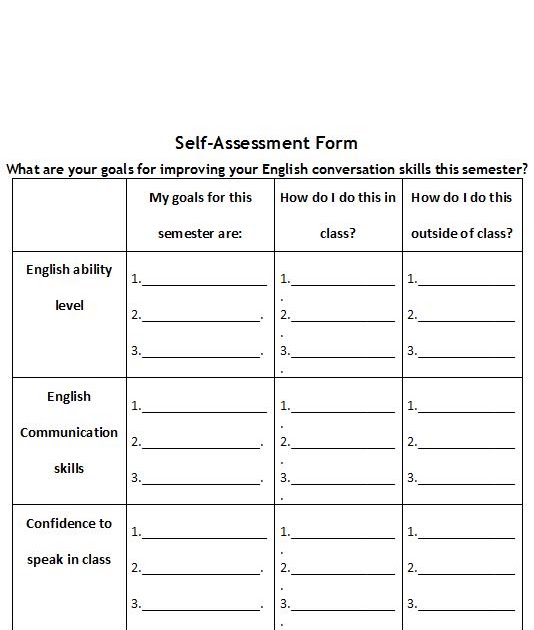
After receiving the email with the free printables, download and print the recording sheet, letter cards, and pictures cards.
Next, laminate the cards so you can reuse this resource and cut them apart.
If you want your kids to use the cards to practice their letters and sounds, you can punch holes in the corners and put them on large rings.
How To Use The Alphabet Recognition Assessment:
There are many ways to use this resource to assess your children’s letter knowledge.
You can use the letter cards and picture cards during your circle time, whole group instruction, or small groups to practice and test your kids’ letter knowledge.
You can start with just a few letters at a time and then add more letters as your students’ letter knowledge increases.
Then, you can also use the picture cards to check what sounds your children know and which ones they still need to learn.
You can show them a card and ask what sound the picture begins with.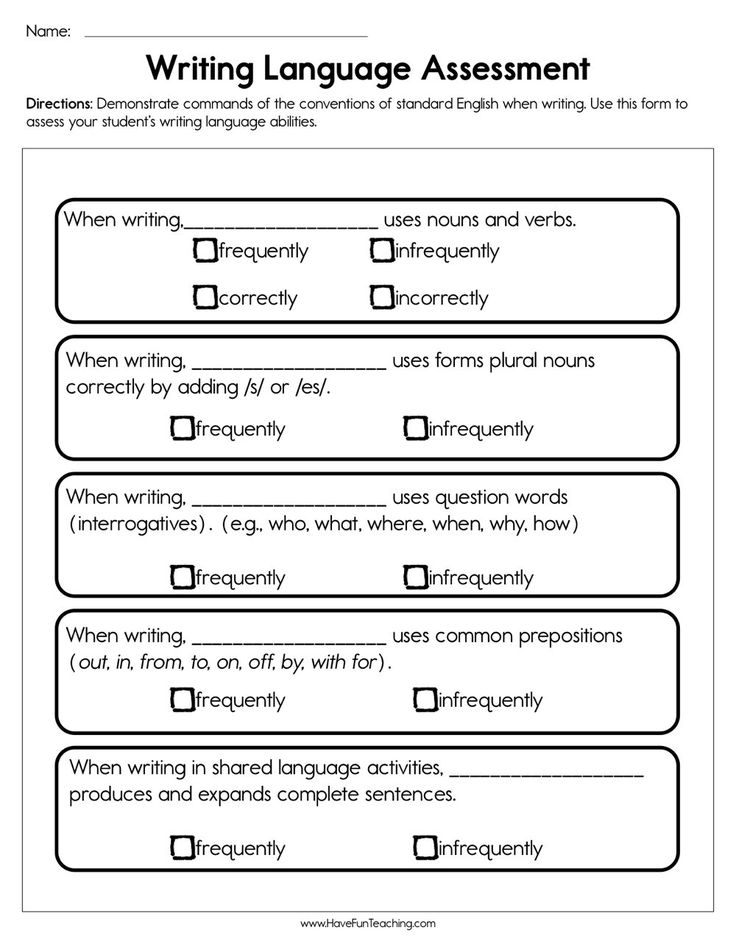
You can also give your kids a sound and have them find the picture card that begins with that sound.
Use the recording sheet to keep track of the capital and lowercase letters and sounds that your children know and still need to learn.
You can use it throughout the year to help you plan your lessons and activities so your kids will grow and learn.
This free printables Letter Knowledge Assessment resource can be used by classroom teachers and homeschooling families to track your children’s knowledge of capital letters, lowercase letters, and letter sounds.
More Letter Recognition Resources For Kids:
If you are looking for letter recognition activities to help your kids learn the ABC’s, try these fun, hands-on resources:
- Letter Recognition Activities
- I Spy Letters Alphabet Worksheets from Homeschool Preschool
- Sensory Activities for Letter Recognition
- Letter of the Week Crafts from Crystal and Comp
- Letter Recognition Games
You May Also Like This Letter Recognition Activity:
These Letter Dot Painting Worksheets are a fun, hands-on way for your students to practice letter recognition and formation.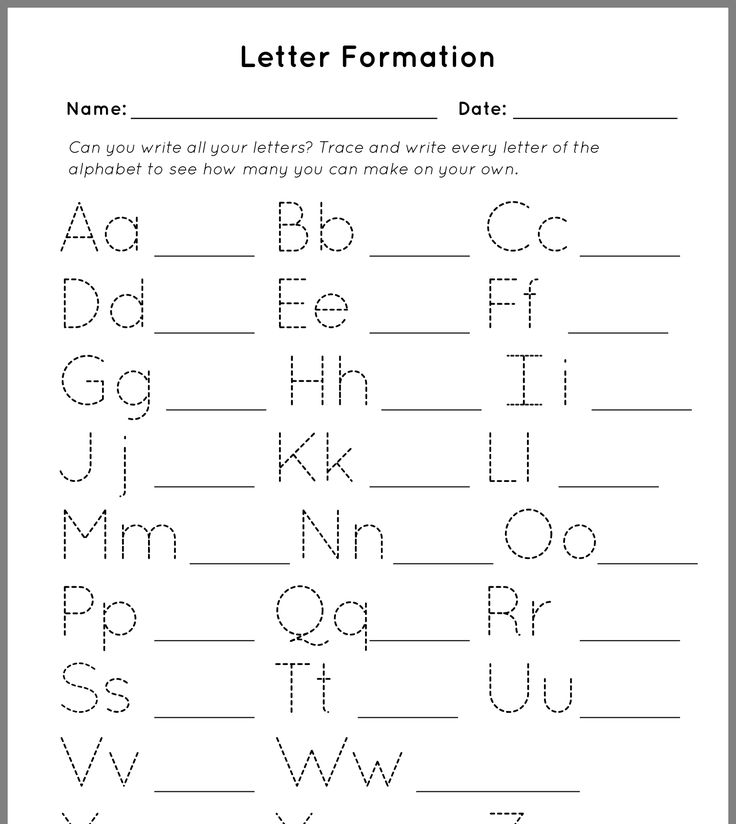
With this Bingo dauber activity, your kids will also work on work on their fine motor skills, pencil control, and much more. Click on the link or picture to learn more!
Download The Letter & Sound Knowledge Assessment:
To get the letter and sound knowledge assessment form emailed to you, click on the button below and fill out the form.
Phonetic analysis of the word. What it is? How to do it? Examples
What is phonetic analysis
Phonetic , or sound-alphabetic, word analysis is an analysis of the sounds and letters that make up this word.
There are 33 letters in Russian, from which we compose words and write them down on paper. When we pronounce a word, we hear sounds - this is how the letters in its composition sound. In some words, the same letter can mean two sounds at the same time or not sound at all. This is where sound-letter analysis comes in handy: it is needed so that we can analyze sounds and letters, write correctly, and also pronounce words.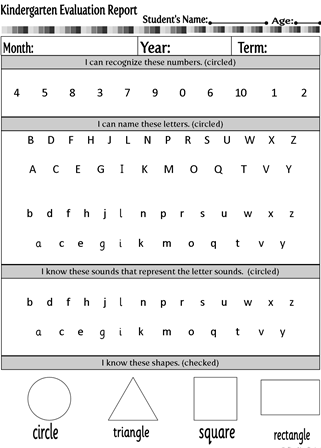 nine0009
nine0009
Demo lesson in Russian
Take the test at the introductory lesson and find out what topics separate you from the "five" in Russian.
How is the phonetic parsing of a word done?
Full transcription of the word.
Vowel sounds: stressed or unstressed, which letter is indicated.
Consonants: voiced, sonorous or voiceless, paired or unpaired; hard or soft, paired or unpaired; which letter is indicated. nine0009
The total number of letters and sounds.
You can disassemble words by sounds and letters orally or in writing. These methods are slightly different from each other, so let's consider each one separately. We write down the word and all the sounds that are included in it.
Syllables and stress.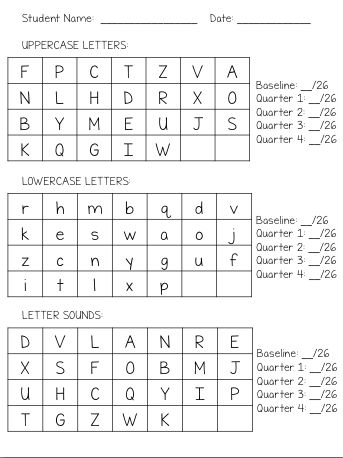 nine0006 We count and write down the number of syllables in a word, we denote the one on which the stress falls.
nine0006 We count and write down the number of syllables in a word, we denote the one on which the stress falls.
Sounds. From the next line in a column, we rewrite all the letters in the order in which they appear in the word. Opposite each of them we record the sound and enclose it in square brackets.
Vowel sounds. Next to each vowel we write whether it is stressed or unstressed. And then we indicate what letter it is designated.
Consonants. Next to each consonant, indicate whether it is voiced or voiceless. Further - paired or unpaired in deafness-sonority. After that, we write, hard or soft sound, and then - paired or unpaired in terms of softness-hardness. At the end, you need to indicate which letter denotes the sound.
Number of letters, sounds.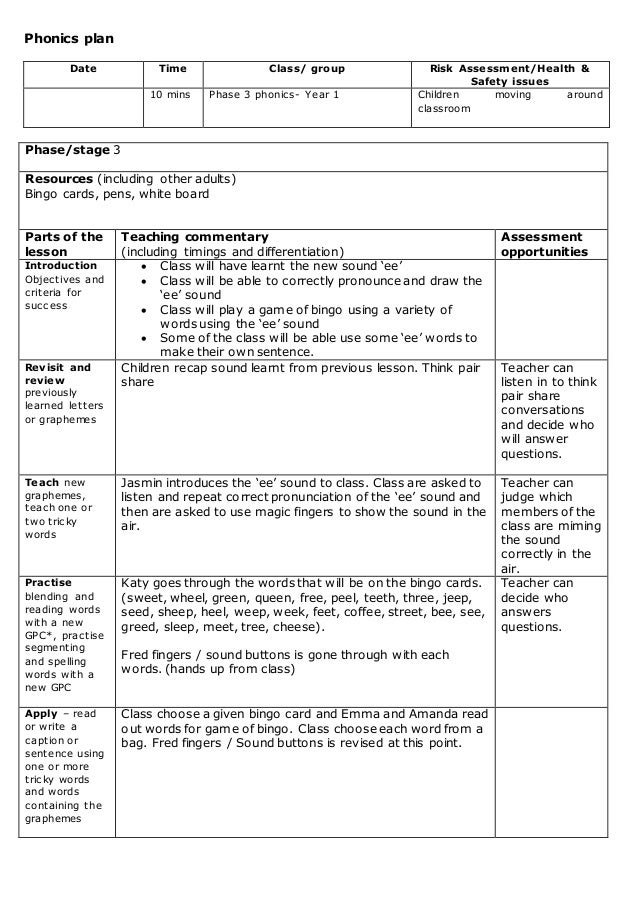 We count and write down the number of letters and sounds in a word.
We count and write down the number of letters and sounds in a word.
Now let's use this algorithm with examples.
Example No. 1. Written phonetic analysis of the verb search
Search [abysk'ivat'] - 4 syllables, 2nd stressed.
o - [a] - ch., unstressed.
b - [b] - acc., sound. couple, tv par.
s - [s] - ch., shock.
s - [s] - acc., deaf. couple, tv par.
k - [k'] - acc., deaf. steam, soft par.
and - [and] - Ch., unstressed.
c - [c] - acc., sound. couple, tv par.
a - [a] - Ch., unstressed. nine0009
t - [t'] - acc., deaf. steam, soft par.
b — [–]
10 points, 9 stars
Example No.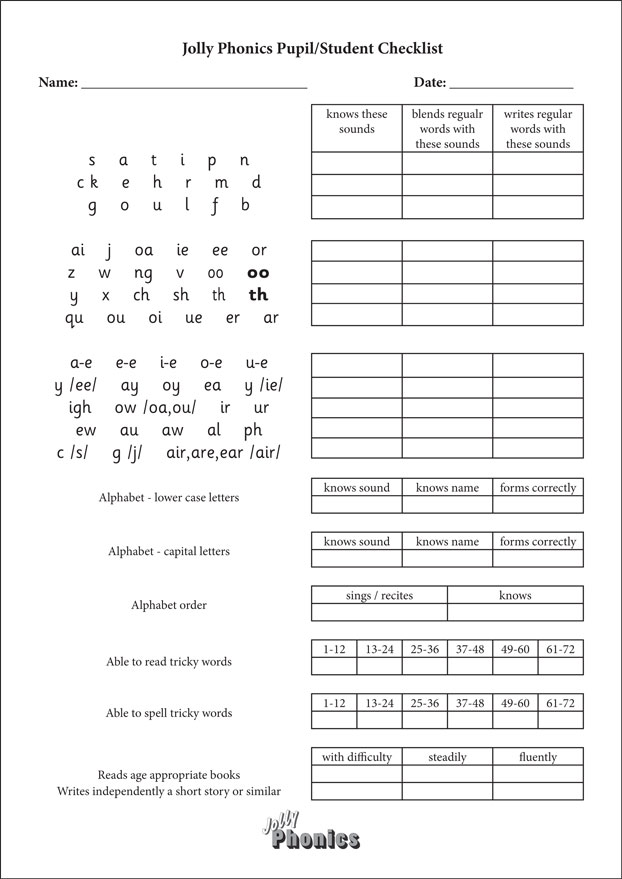 2. Written phonetic analysis of the adjective spring
2. Written phonetic analysis of the adjective spring
Spring [v'is'en':y'] - 3 syllables, 2nd stressed.
in - [in '] - acc., sound. steam, soft par.
e - [i] - gl., unstressed.
s - [s'] - acc., deaf. steam, soft par.
e - [e] - ch., percussion.
n - [n':] - acc., sonorn. unpaired, soft par. nine0009
and - [and] - Ch., unstressed.
th - [th'] - acc., sonorn. unpaired, soft unpaired
8 points, 7 stars
Example No. 3. Written phonetic analysis of a noun professor
Professor [praf'es:ar] - 3 syllables, 2nd stressed.
p - [n] - acc., deaf. couple, tv par.
r - [r] - acc., sonorn. unpaired, tv. par.
o - [a] - ch., unstressed.
f - [f'] - acc.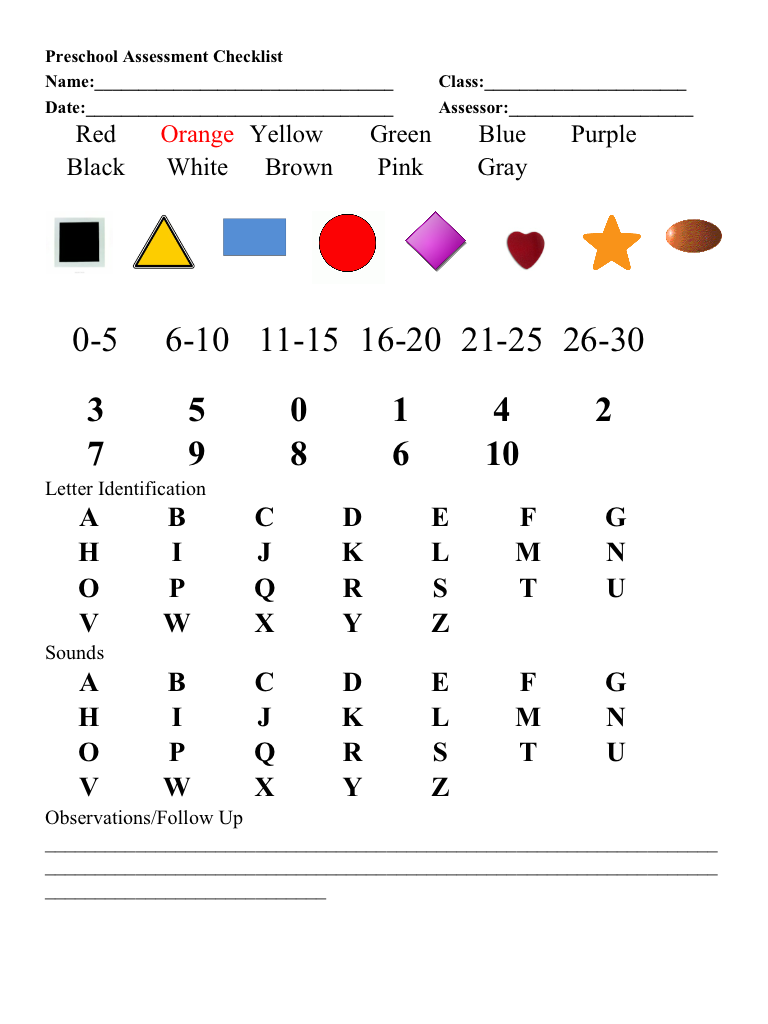 , deaf. steam, soft par.
, deaf. steam, soft par.
e - [e] - ch., percussion.
s - [s:] - acc., deaf. couple, tv par.
o - [a] - ch., unstressed.
r - [r] - acc., sonorn. unpaired, tv. par.
9 points, 8 stars
Sample oral phonetic analysis
If you need to do sound-letter analysis orally, follow this algorithm:
-
Syllables and stress. Count and name the number of syllables in a word, indicate the one that is stressed. nine0009
-
Vowel sounds. Name the vowels in the order in which they sound in the word. For each of them, determine whether it is percussion or unstressed. Then specify the letters with which they are indicated.
-
Consonants.
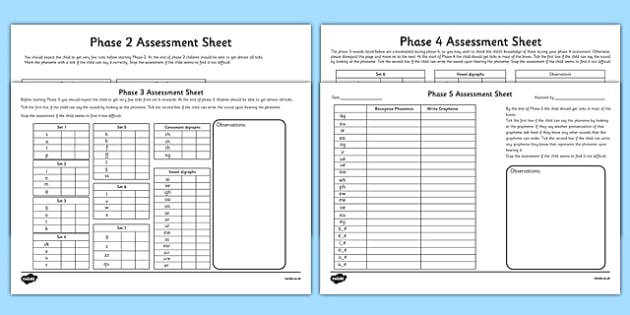 For each of the consonants, determine whether it is voiced or voiceless, and then - paired or unpaired according to deafness-voicedness. After that, establish whether the sound is hard or soft, as well as paired or unpaired in terms of softness-hardness. At the end of the analysis of each of the consonants, specify which letter it is designated in the word. nine0009
For each of the consonants, determine whether it is voiced or voiceless, and then - paired or unpaired according to deafness-voicedness. After that, establish whether the sound is hard or soft, as well as paired or unpaired in terms of softness-hardness. At the end of the analysis of each of the consonants, specify which letter it is designated in the word. nine0009 -
Number of letters, sounds. Count and name the number of letters and sounds in a word.
Let's practice oral phonetic analysis on the example of the same words that we have analyzed above.
Example No. 1. Oral phonetic analysis of the verb search
2. Vowels:
first - unstressed [a], marked with the letter about ;
second - shock [s], designated by the letter s ;
third - unstressed [and], marked with the letter and ;
fourth - unstressed [a], designated by the letter a .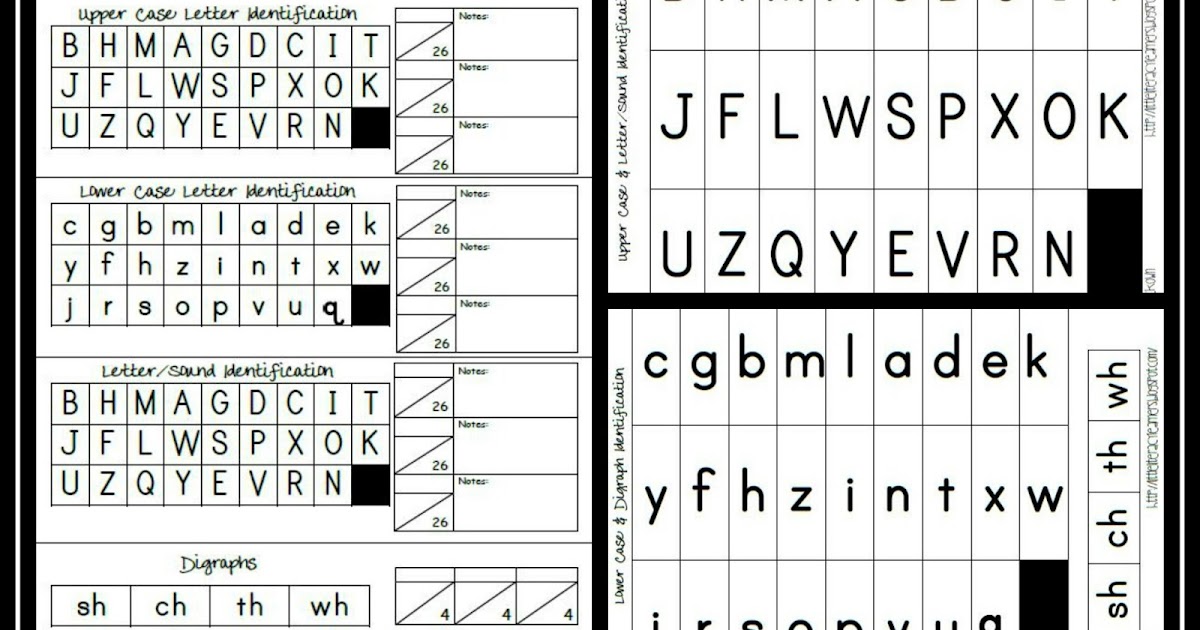
3. Consonants:
[b] - voiced double, solid double, marked with the letter b ;
[s] - deaf double, solid double, marked with the letter from ;
[k'] - deaf double, soft double, marked with the letter to ;
[c] - voiced double, hard double, marked with the letter in ;
[t'] - deaf double, soft double, marked with the letter t ;
letter ь does not represent sound.
4. In the word search 10 letters and 9 sounds.
Example No. 2. Oral phonetic analysis of the adjective spring
nine0009
2. Vowels:
the first is unstressed [i], marked with the letter e ;
second - shock [e], marked with the letter e ;
third - unstressed [and], marked with the letter and .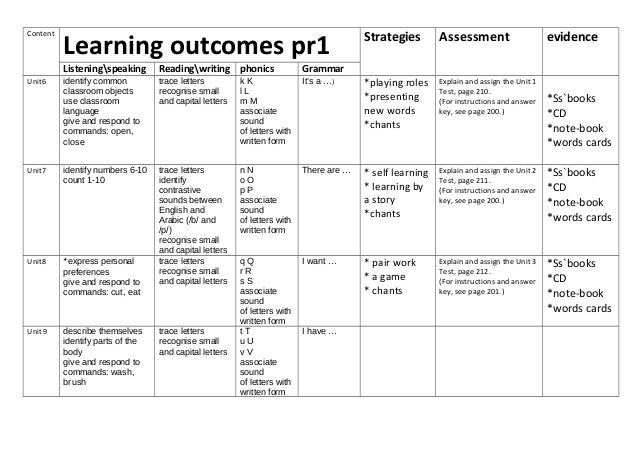
3. Consonants:
[v'] - voiced double, soft double, marked with the letter in ;
[s'] - deaf double, soft double, marked with the letter from ;
[n'] - voiced unpaired (sonor), soft paired, marked with the letter n . The second n does not form a sound in a word;
[d'] - voiced unpaired (sonor), solid unpaired, marked with the letter and .
4. The word spring has 8 letters and 7 sounds.
Example No. 3. Oral phonetic analysis of the noun professor
2. Vowels:
first - unstressed [a], marked with the letter about ;
second - shock [e], marked with the letter e ;
the third is unstressed [a], designated by the letter o .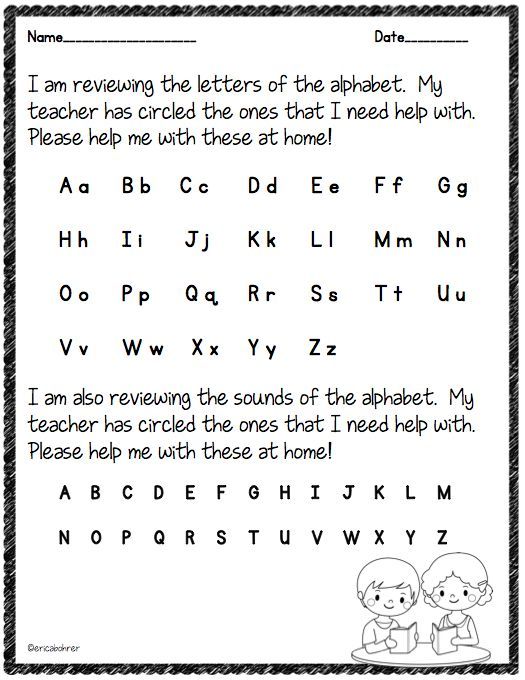
3. Consonants:
[p] - deaf double, hard double, marked with the letter p ;
[p] - voiced unpaired (sonor), solid paired, marked with the letter p ;
[f'] - deaf double, soft double, marked with the letter f ;
[s] - deaf double, solid double, marked with the letter with . The second from does not form a sound in a word;
[p] - voiced unpaired (sonor), solid paired, marked with the letter p .
4. The word professor has 9 letters and 8 sounds.
Test yourself
Let's find out how well you understand what phonetic parsing is. Below you will find three tasks with which you can practice this skill.
Task 1
Disassemble the following words according to their sound composition: busy, guest, vacancy, pronounce, speaking.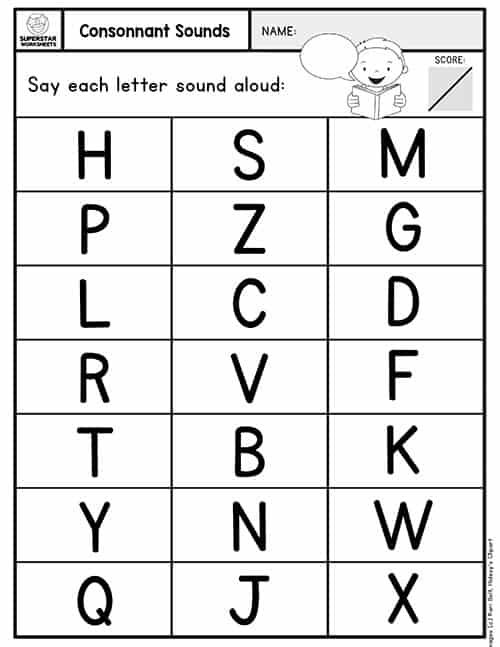
Task 2
Perform oral phonetic analysis of words: box, hospital, go, union, sea.
Task 3
Read the short text below and make a written phonetic analysis of all the nouns in it.
We wandered in the forest in spring and observed the life of hollow birds: woodpeckers, owls. Suddenly, in the direction where we had previously planned an interesting tree, we heard the sound of a saw. It was, we were told, cutting firewood from deadwood for a glass factory. nine0091
For the first time, students start doing phonetic analysis of words in the 3rd grade of elementary school. Over time, tasks in the lessons become more complicated, so it is important to understand the topic in time. If after reading this article you still have questions, we invite you to the Skysmart online Russian language school for knowledge. In the classroom, the teacher will tell you what a phonetic (sound-letter) analysis of a word is and how to do it correctly in order to increase the grade at school.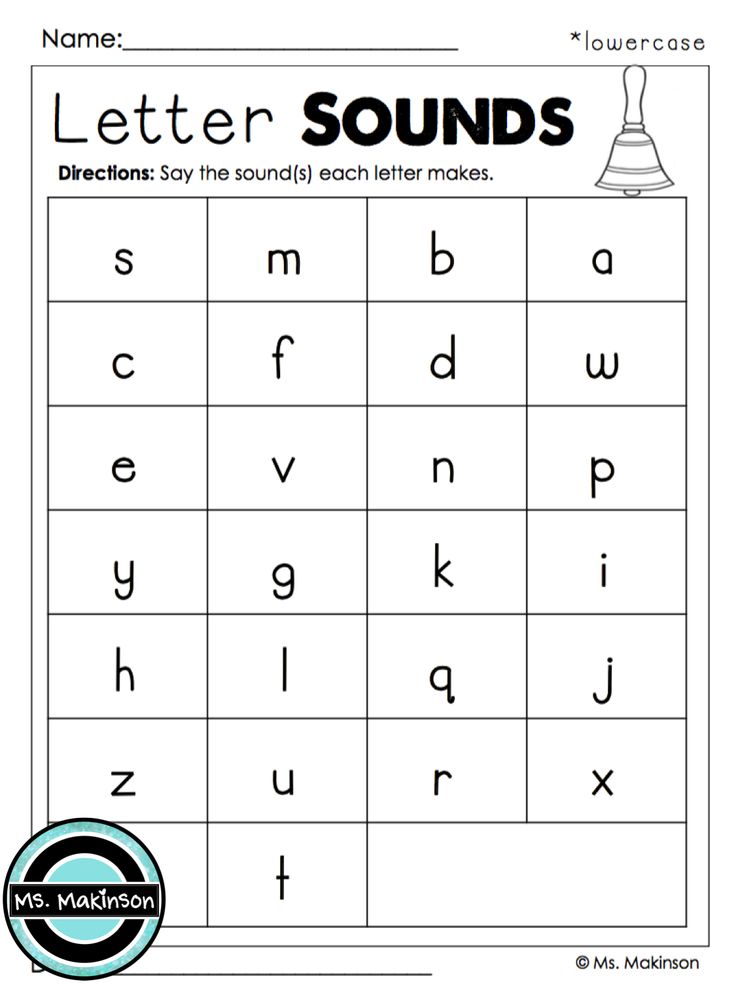
How to do sound-letter parsing of a word? nine0001
Sound-letter parsing of a word is a characteristic of the sound and letter composition of a word. To fulfill it, transcription is written - an exact recording of the sound composition of the word.
Sound-letter (phonetic) analysis of a word is necessary for conscious mastery of the Russian language, literate spelling of words, especially in cases where words contain unstressed vowels, unpronounceable consonants, letters denoting two sounds, letters denoting sounds, etc. nine0009
Definition
Sound-letter analysis is an analysis of the sound composition of a word and its letter representation in writing.
Phonetic analysis is performed in several stages. Sound-letter analysis involves dividing a word into syllables in accordance with the number of vowels, placing stress, recording the sound of a word. Then a phonetic analysis of each sound is carried out.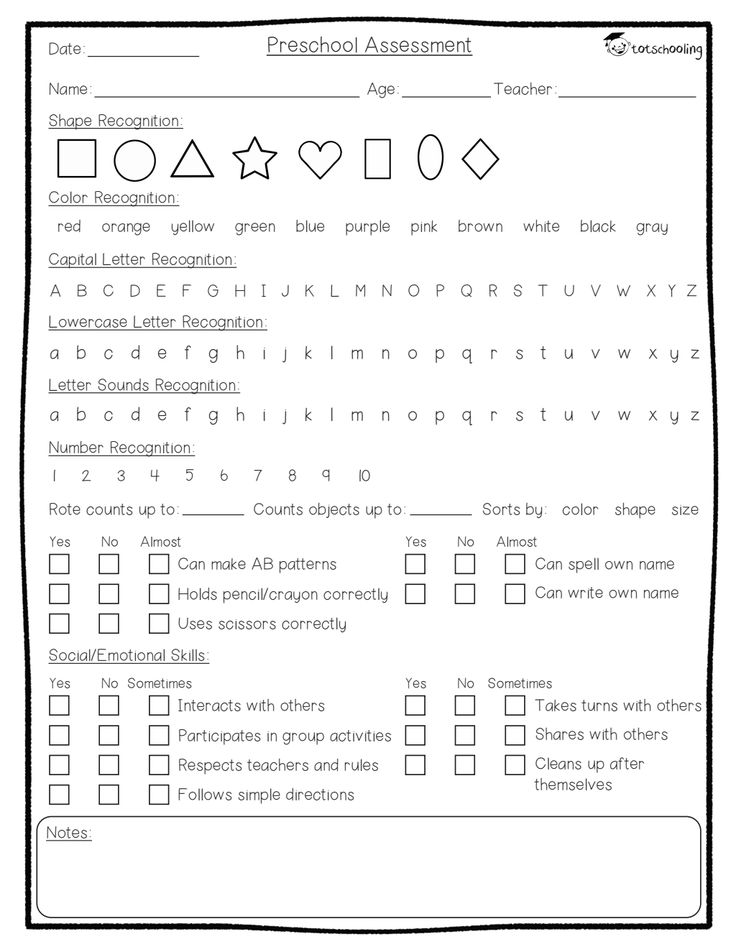 Phonetic analysis is completed by counting the number of letters and sounds.
Phonetic analysis is completed by counting the number of letters and sounds.
Letters and sounds
In order to correctly perform sound-letter parsing of a word, we will learn to distinguish between what we see on paper letters , and when we pronounce the word, we hear sounds . Letters are graphic signs that can be used to represent the sounds of speech.
The Russian language distinguishes between vowels and consonants.
Vowels and sounds
Vowels are produced by the free passage of air from the mouth. They consist only of voice. There are 9 in Russian0009
6 vowels: [a], [o], [u], [e], [i], [s]
and
10 vowels: a, o, u, e, i, s, i, e, e, yu, i
The vowels [a], [o], [u], [e], [s] sound after solid consonants, and the letters “i”, “e”, “ e", "yu" , "i" and "b" indicate that the previous consonant is soft. This phonetic softness is indicated by a special icon - an apostrophe:
- flax [l 'on]
- radish [r 'and d' and s]
- salt [s o l']
To perform sound-letter analysis, the word should be stressed.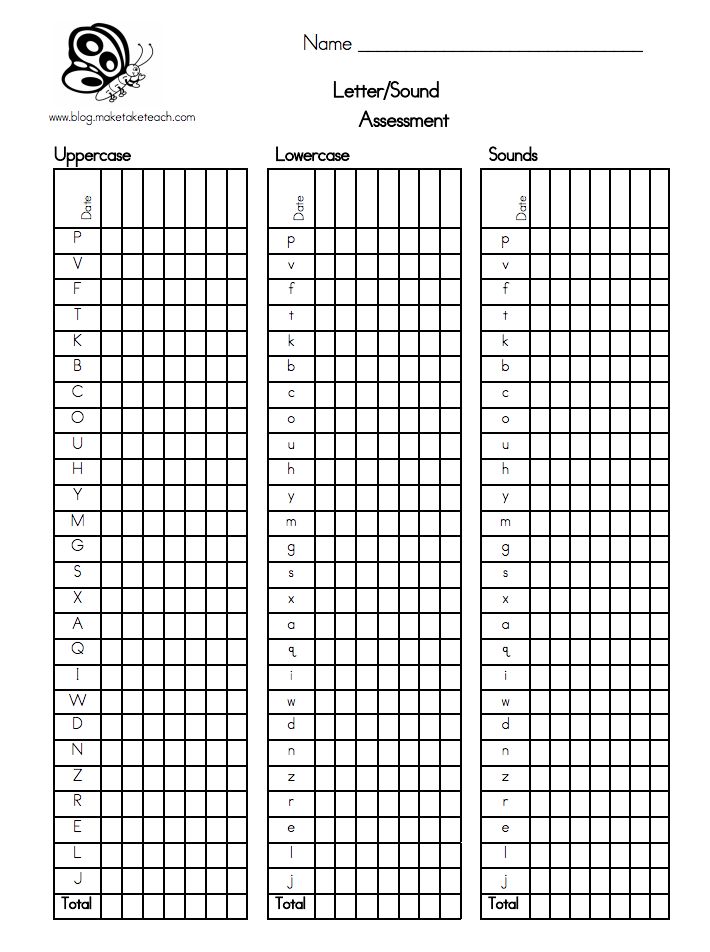
Under stress, vowels sound distinct, but without stress they are distorted:
Ex.
Ex.
Consonant letters and sounds
There are 36 consonant sounds in Russian speech. When they are pronounced, the exhaled air rubs against the lips, tongue and cheeks, resulting in noise. nine0009
Always voiced consonants [l], [m], [n], [p] are pronounced with voice and minimal noise.
If consonants are pronounced with a greater share of voice and noise, then voiced consonants are formed:
[b], [c], [d], [e], [g], [h] deaf consonant, which is pronounced with more noise than voices:
- [b] - [p];
- [v] - [f];
- [g] - [k];
- [d] - [t]; nine0024
- [w] - [w];
- [h] - [s].
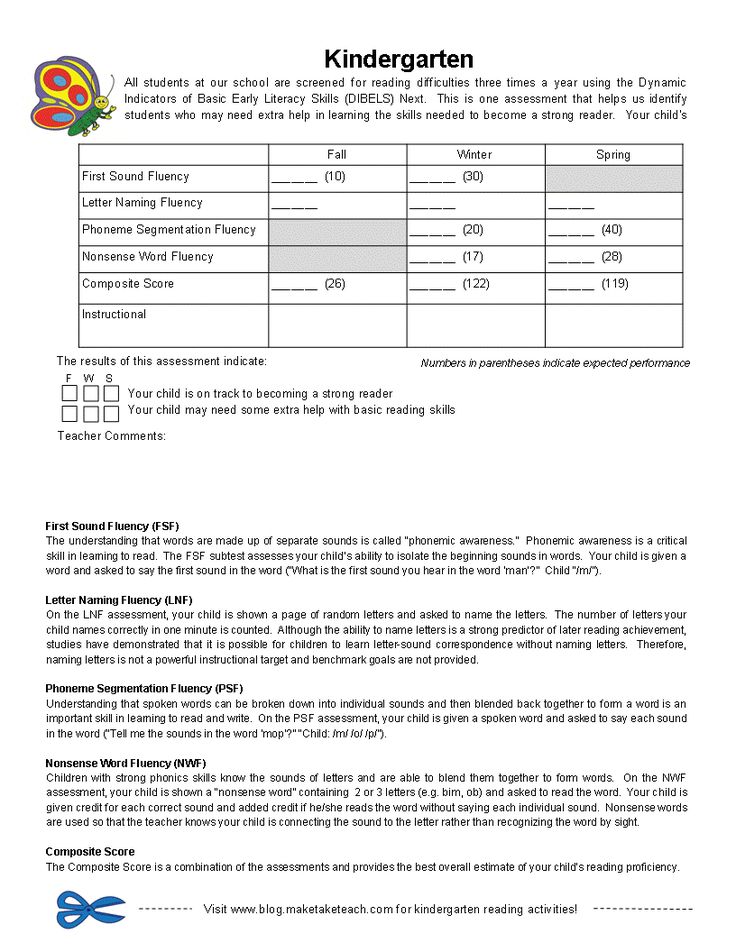
The letters “x”, “c”, “ch”, “u” denote voiceless consonants [x], [c], [h’], [u’], which do not have paired voiced consonants.
Consonants are hard and soft:
[b] - [b'], [c] - [c'], [g] - [g'], [d] - [e'], [h] - [s '], [k] - [k '], [l] - [l '], [m] - [m '], [n] - [n '], [n] - [n '] , [p] - [p '], [s] - [s '], [t] - [t '], [f] - [f '], [x] - [x ']
Performing sound- letter analysis, we take into account that the letters "y" , "h" and "u" always denote soft sounds [y '], [h'], [u'],
and the letters "g" , "sh" , "c" - solid sounds [w], [w], [c].
How to learn how to make sound-letter parsing
In order to learn how to make sound-letter parsing of a word, it is important to understand that often the spelling of a word and its sound do not match. A word can have:
- the same number of sounds; nine0024
- more sounds than letters;
- there are more letters than sounds.

Examples
- sky [n' e b a] - 4 letters, 4 sounds '] - 6 letters, 5 sounds
When recording the sound composition of a word, it should be taken into account that the letters "e", "ё", "yu", "ya" can denote two sounds in the following positions in the word:
1. at the beginning of a word:
- caustic [y' e t k'i y']
- capacious [y' o m k' and y']
- young [y' u n y y ']
- nursery [y' a s 'l'and]
2. after other vowels:
- train [pai'e z'd'and t']
- sing [pai'o m] 904 [5 cabin] k a y y t a]
- beacon [m a y 'a k]
] As you can see, there are always more sounds in such words than lit. After the consonant sounds, the letters "e", "yo", "yu", "ya" denote their softness: l' y k] When writing down the sound of a word, it should be taken into account that in Russian there is a phonetic process of stunning voiced consonants that are before a voiceless consonant and at the end of a word, and, conversely, voiceless consonants are voiced before a voiced consonant , except for "l", "m", "n", "r", "c", "th" : spoon [lo sh k a], knight [v' and t'a s'], glare [o d b l 'and s k] lubrication [with mask], fraction [drop '], shift [rear 'and n u t '] all [f s' e], pond [pr u t], station [v a g za l] In words with the letter combination "zzh" , a long soft sound is heard [zh']: In words in which there is "ь" , which indicates the softness of the previous consonant sound or is a morphological sign indicating that the word belongs to the feminine gender, we count more letters and fewer sounds: Soft consonants can soften the preceding consonant. Let's listen to how the words sound: Image source: fedsp.com To perform sound-letter parsing, let's write down the word and put the stress in it. Let's break it down into phonetic syllables. Taking into account all the phonetic changes in the word, we write down the letters and the corresponding sounds of the word in square brackets vertically. Let's give a phonetic description of each sound. For example, let's perform a phonetic analysis of the word "Christmas tree" : Christmas tree [y' o la h' n y '] ё-lo-chny - 3 syllables. The first syllable is stressed. nine0009 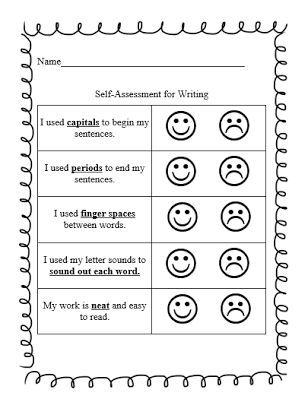
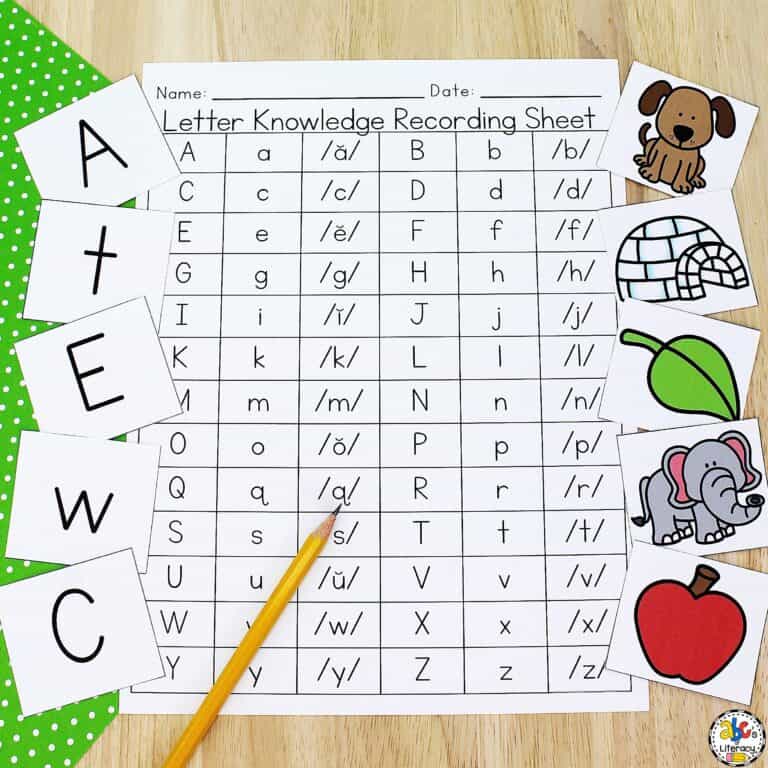
Phonetic parsing sample
Sound letter parsing example

Learn more


